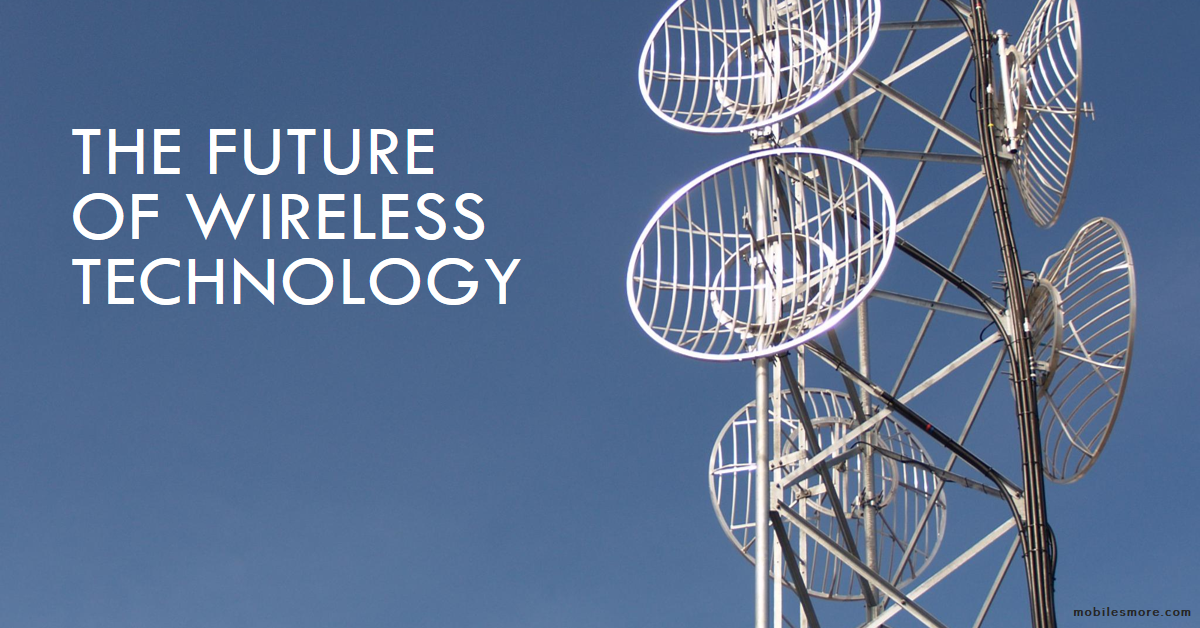Introduction
The smartphone industry is constantly evolving and introducing new technologies to improve the user experience. One of the most significant developments in recent years is the adoption of 5G, the fifth generation of mobile network technology, which promises faster speeds, lower latency, and higher capacity. However, 5G is not the only wireless technology that affects smartphone performance and battery life. In this blog post, we will explore how other wireless technologies, such as Wi-Fi, Bluetooth, NFC, and GPS, interact with 5G and what are the implications for smartphone users in 2024.
How 5G works and why it matters
5G is a term that encompasses a range of technologies and standards that enable faster and more reliable mobile data transmission. Unlike previous generations of mobile networks, 5G uses multiple frequency bands, including low-band (below 1 GHz), mid-band (1-6 GHz), and high-band (above 24 GHz), also known as millimeter wave (mmWave). Each band has its own advantages and disadvantages: low-band offers wider coverage and better penetration through walls and buildings, but has limited capacity and speed; mid-band offers a balance between coverage, capacity, and speed; and high-band offers the highest speed and capacity, but has limited coverage and requires line-of-sight between the device and the base station.
5G also uses a technology called massive MIMO (multiple-input multiple-output), which involves using multiple antennas at both the transmitter and the receiver to increase the number of data streams that can be sent and received simultaneously. This improves the spectral efficiency and reduces interference. Another key technology of 5G is beamforming, which allows the transmitter to focus the signal in a specific direction towards the intended receiver, rather than broadcasting it in all directions. This enhances the signal quality and reduces power consumption.
The benefits of 5G for smartphone users are manifold: faster download and upload speeds, lower latency (the time it takes for data to travel from one point to another), higher network capacity (the ability to support more devices and applications simultaneously), better connectivity (the ability to switch seamlessly between different frequency bands and network technologies), and enhanced security (the use of encryption and authentication protocols to protect data transmission).
How other wireless technologies interact with 5G
While 5G is the main driver of smartphone performance and battery life in 2024, it is not the only wireless technology that smartphone users rely on. Other wireless technologies, such as Wi-Fi, Bluetooth, NFC, and GPS, also play an important role in enabling various features and functions on smartphones. However, these technologies also consume power and bandwidth, which may affect the performance and battery life of smartphones. Therefore, it is essential to understand how these technologies interact with 5G and what are the trade-offs involved.
Wi-Fi: Wi-Fi is a wireless technology that allows devices to connect to a local area network (LAN) or the internet via a router or an access point. Wi-Fi operates on two frequency bands: 2.4 GHz and 5 GHz. The 2.4 GHz band is more crowded and prone to interference from other devices, such as microwaves, cordless phones, and Bluetooth devices. The 5 GHz band is less congested and offers higher speeds, but has shorter range and weaker penetration through walls and obstacles. Wi-Fi also supports different standards, such as Wi-Fi 4 (802.11n), Wi-Fi 5 (802.11ac), Wi-Fi 6 (802.11ax), and Wi-Fi 6E (802.11ax with extended spectrum). Each standard offers different levels of speed, capacity, range, and efficiency.
Wi-Fi can complement or compete with 5G depending on the situation. In some cases, Wi-Fi can provide faster and more reliable connectivity than 5G, especially when using high-bandwidth applications or services, such as video streaming or gaming. In other cases, Wi-Fi can be slower or less reliable than 5G, especially when using low-latency or real-time applications or services, such as voice calls or online gaming. Moreover, Wi-Fi can consume more power than 5G when transmitting or receiving large amounts of data or when switching between different networks or standards.
Therefore, smartphone users in 2024 need to be smart about when to use Wi-Fi or 5G depending on their needs and preferences. Some smartphones may offer features that automatically select the best network option based on factors such as signal strength, data usage, battery level

